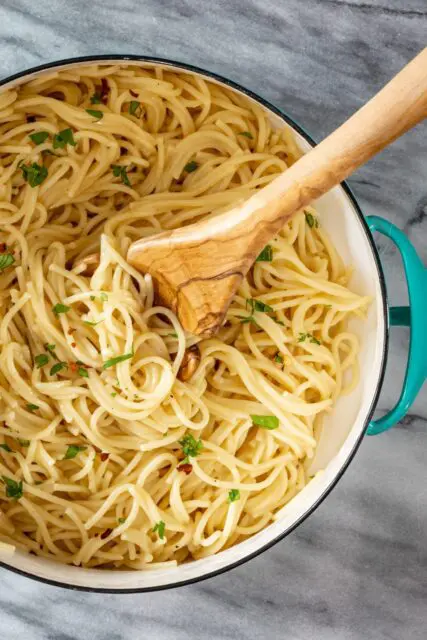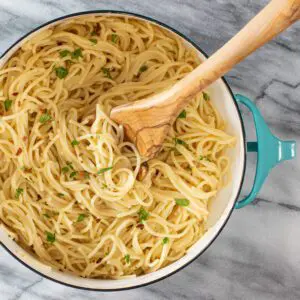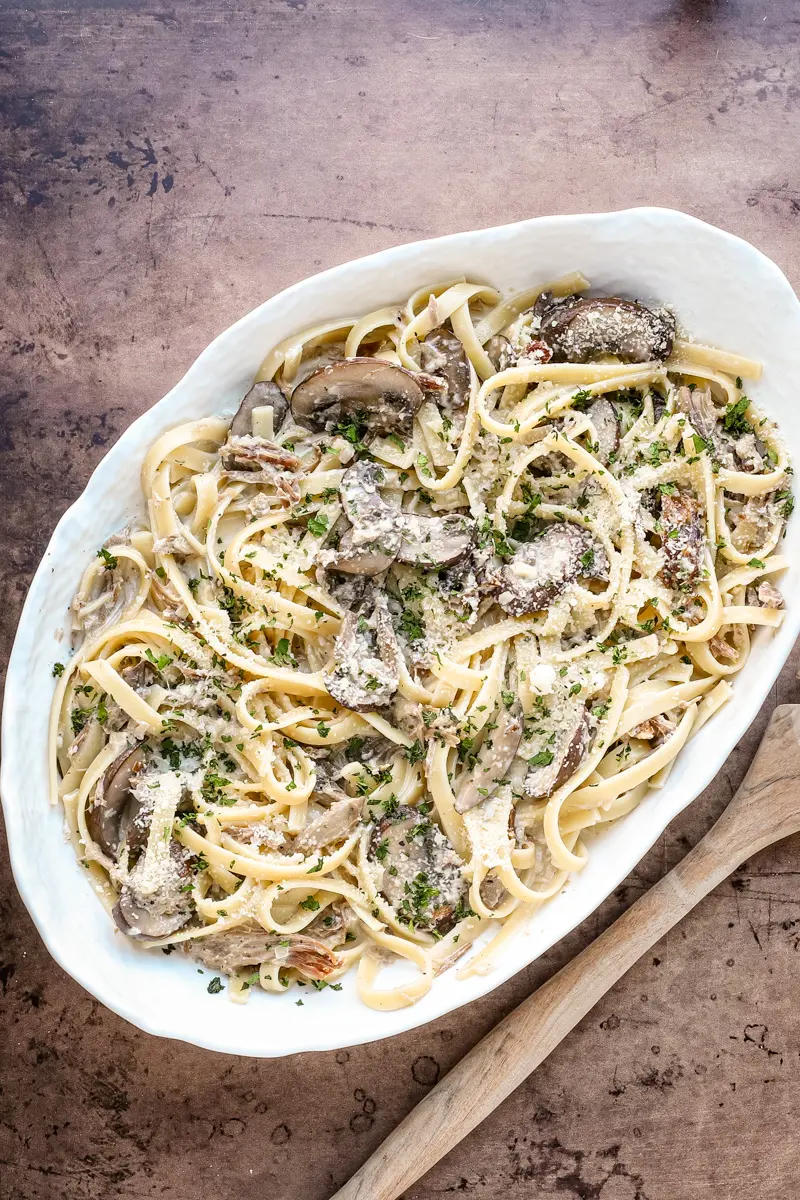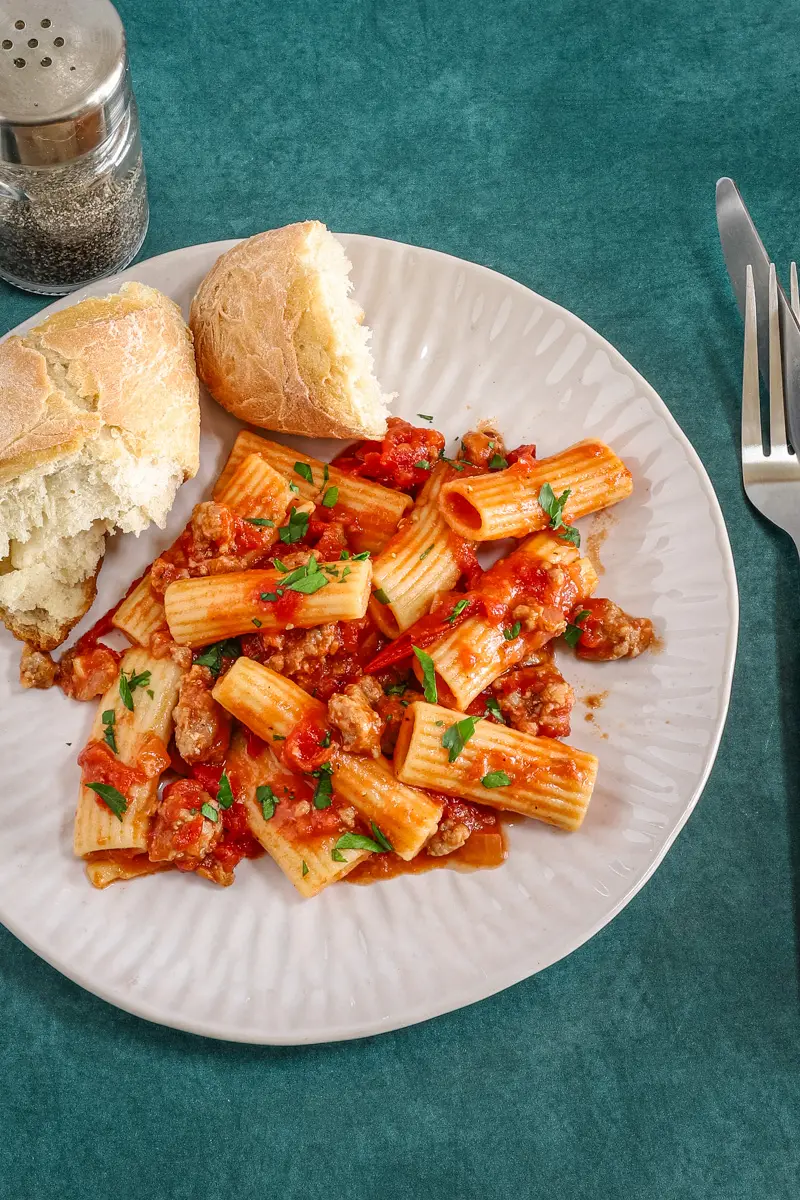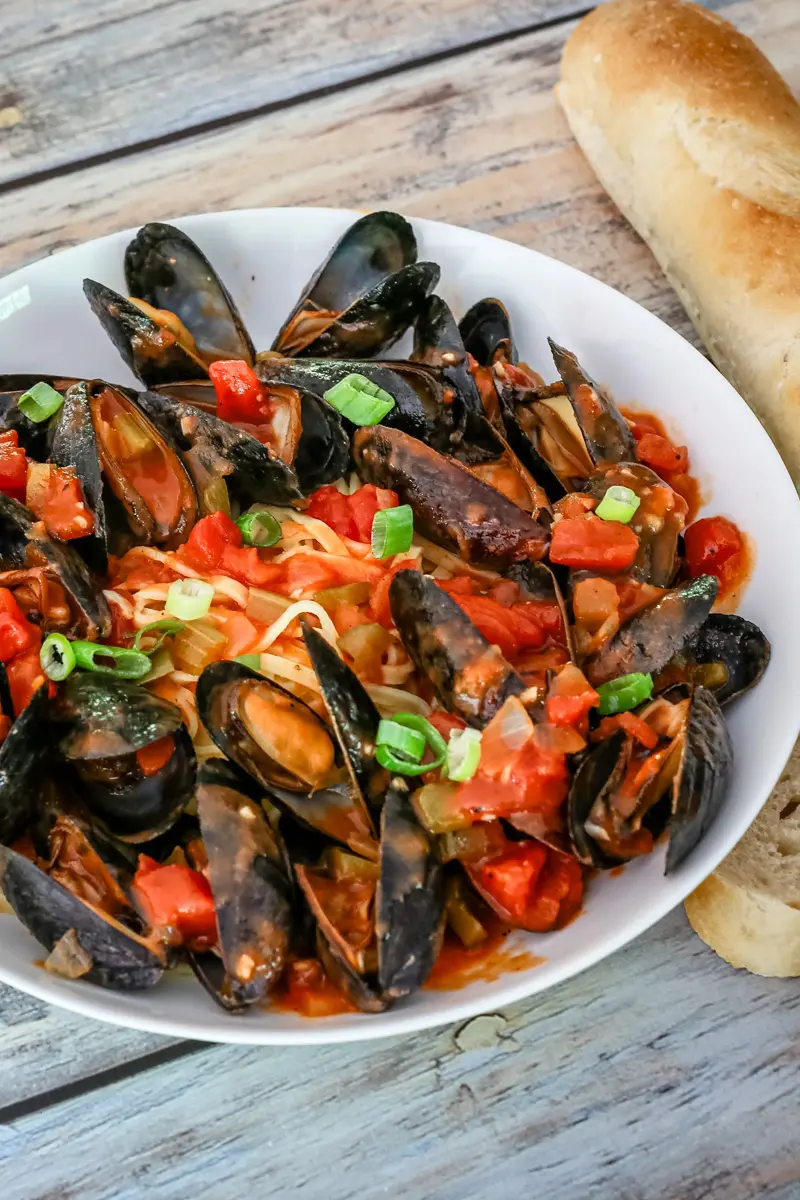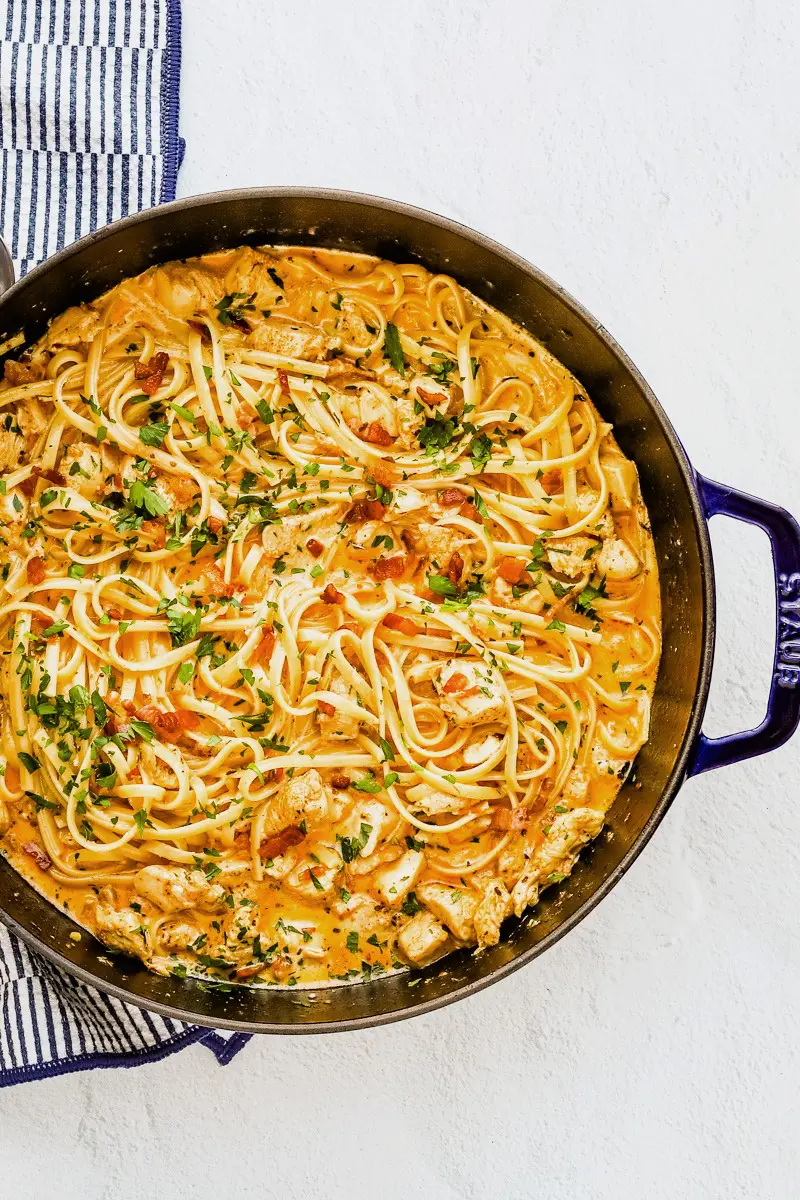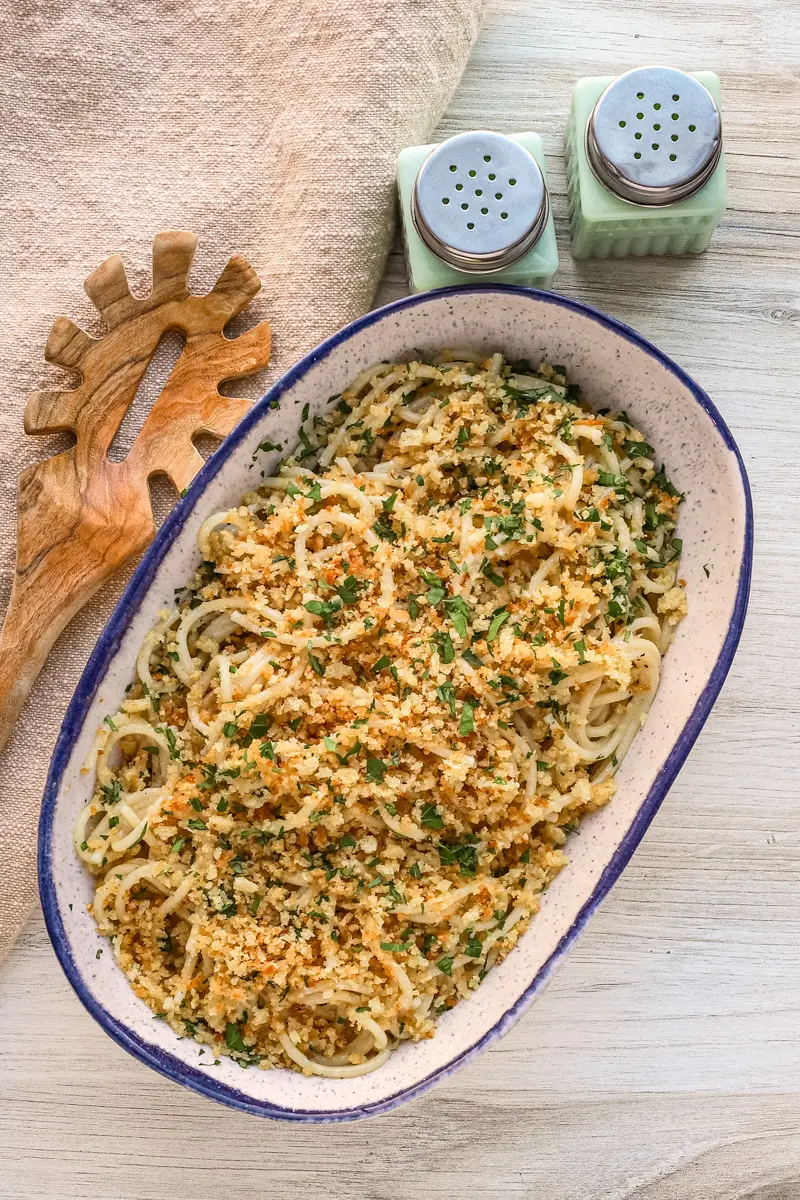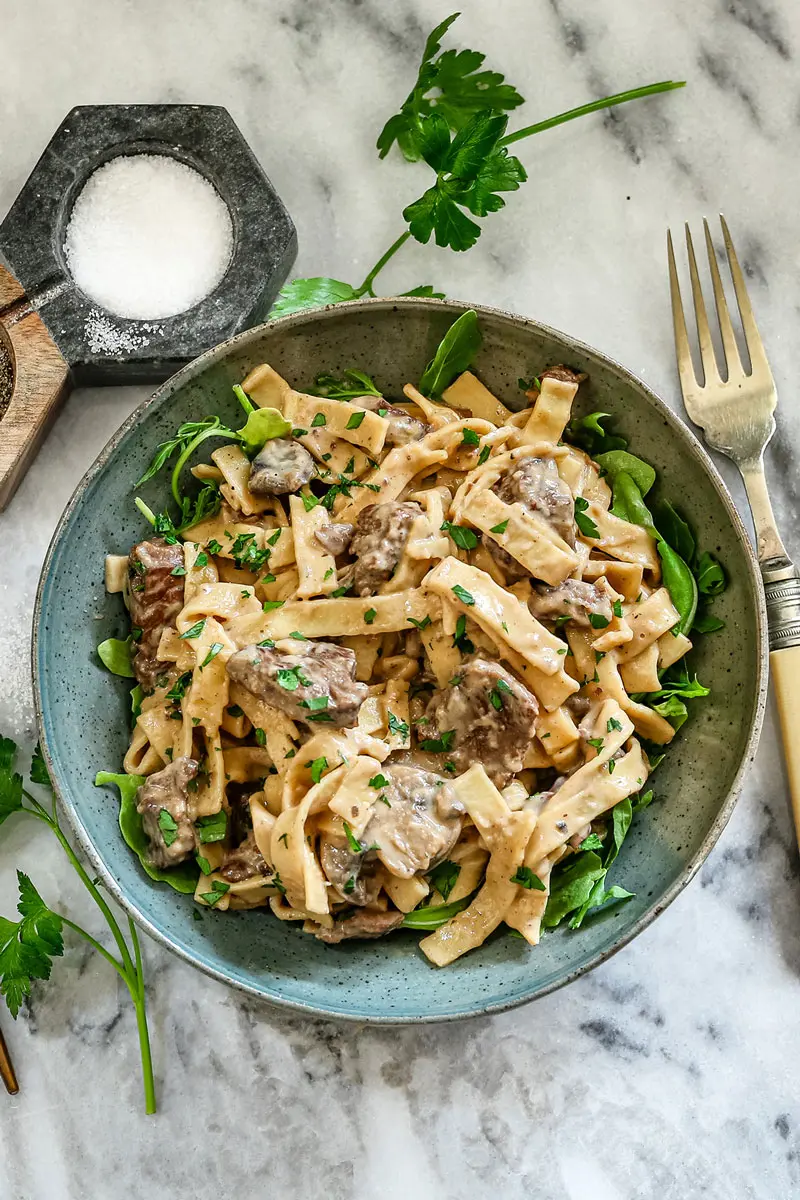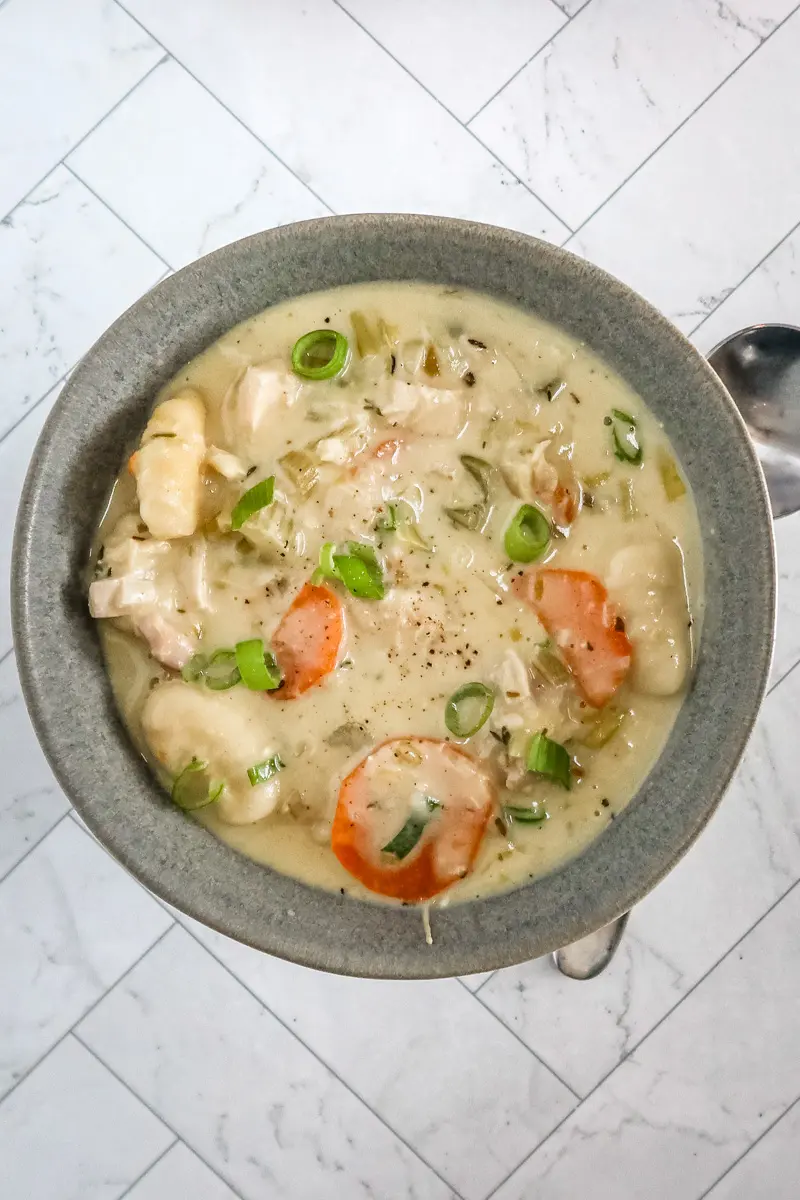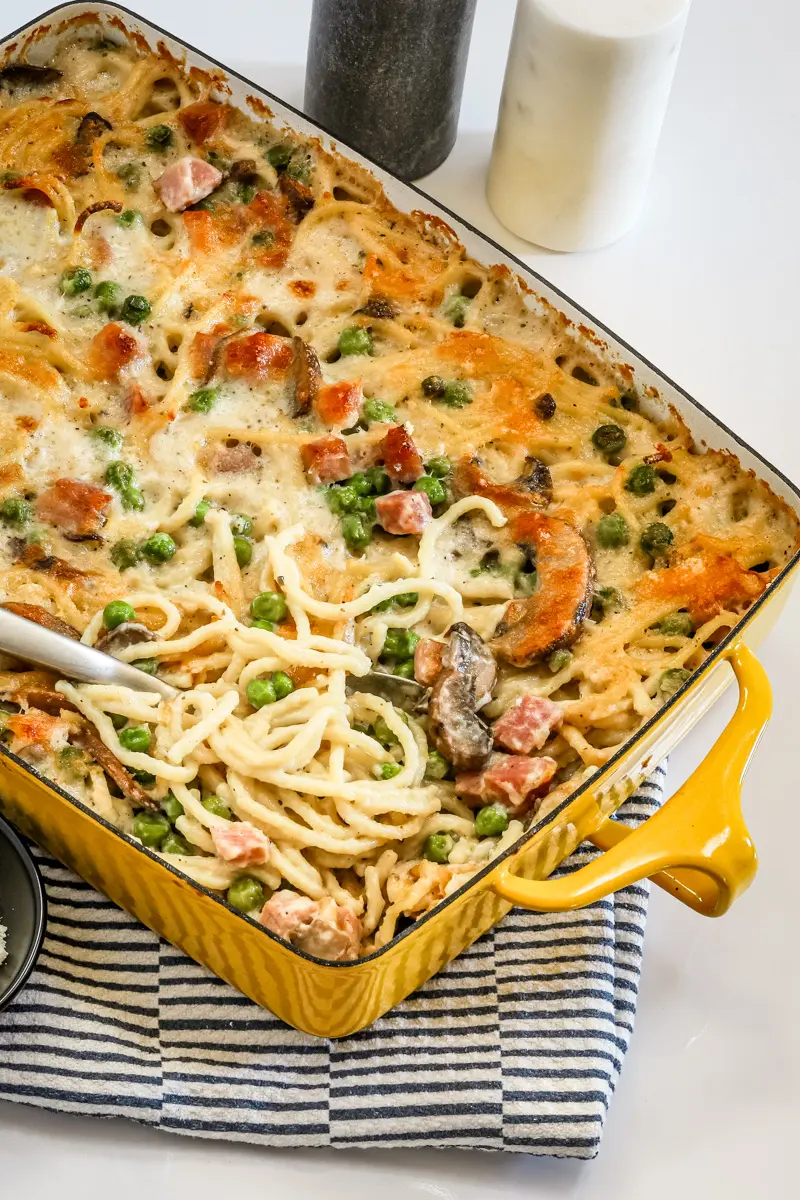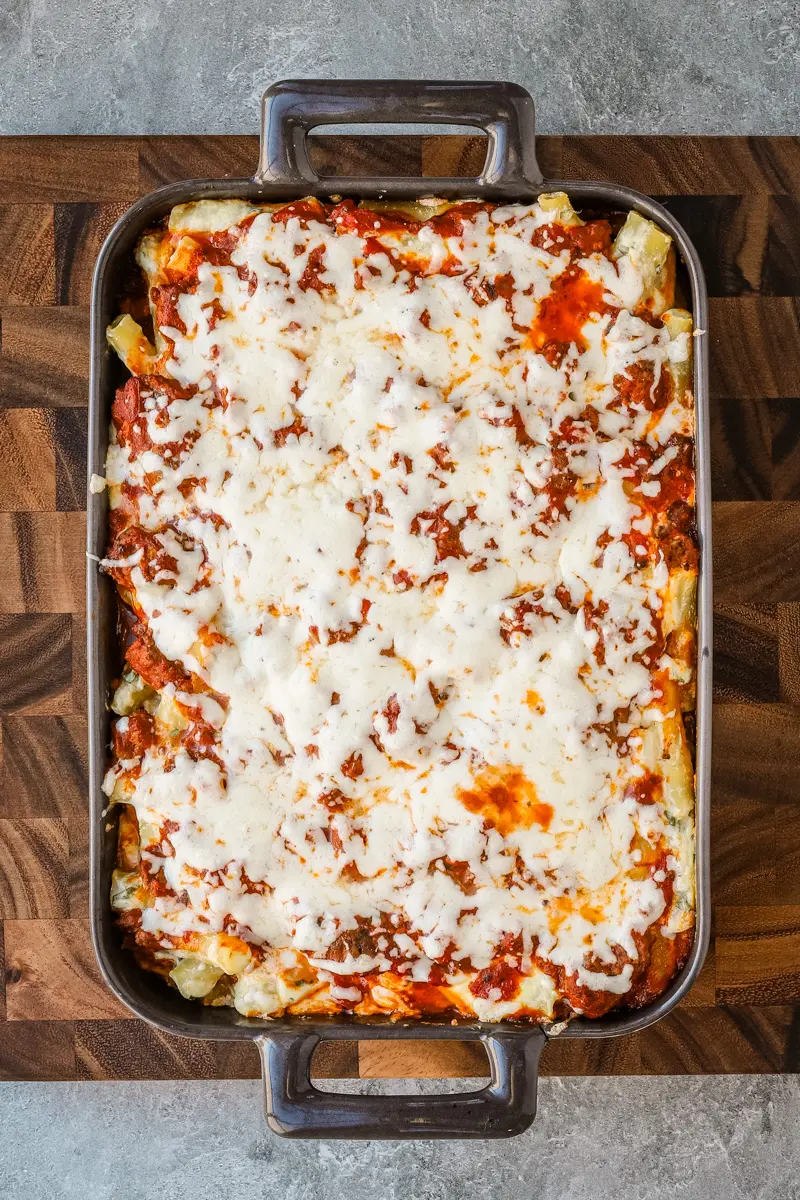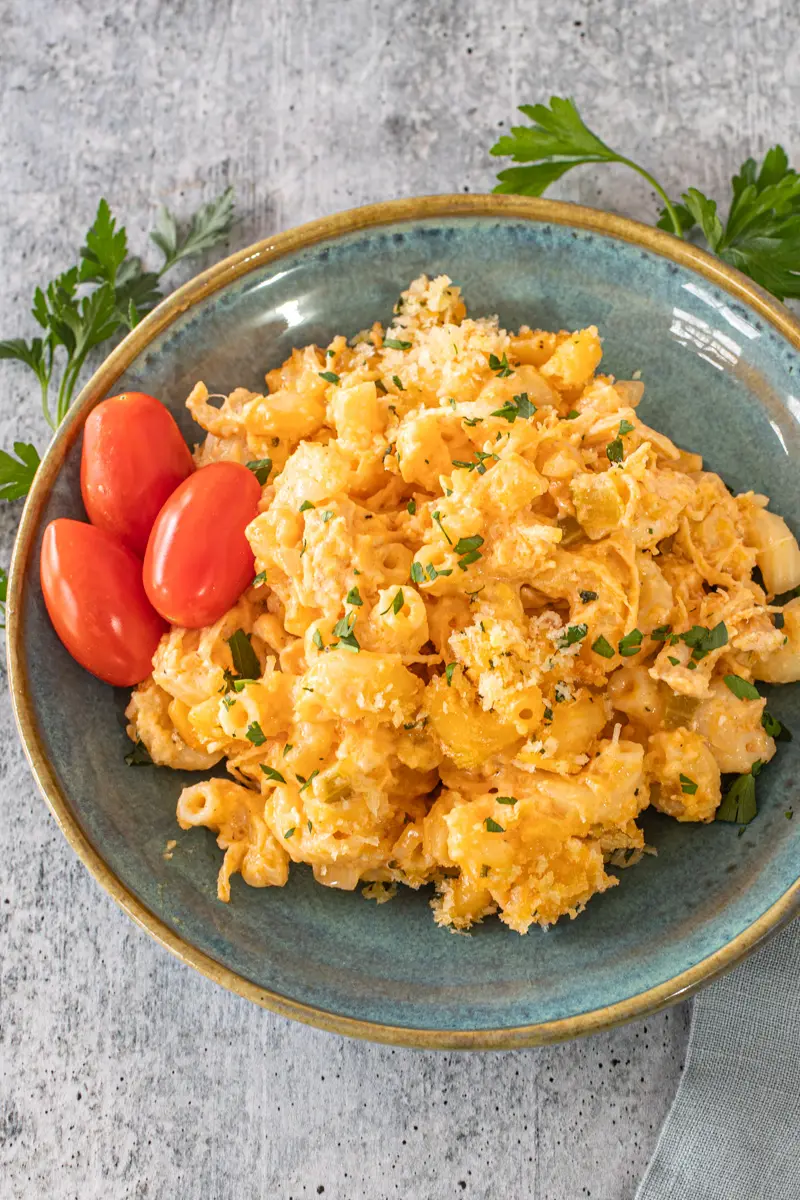by Diana Rattray
This recipe is fast and super easy, especially if you have some roasted garlic in the fridge or freezer. If you don’t, make this basic roasted garlic a day or two in advance. Feel free to add some chopped fresh herbs or crushed red pepper flakes to the pasta for extra flavor and color. Sautéed chopped shallots are another possibility. This pasta dish is versatile as well. Serve the spaghetti as a quick meal or as a side dish alongside chicken, beef, pork, or seafood.
I like to cook the pasta al dente, especially if am preparing it ahead of time or plan to have leftovers. That way, the pasta is firm even after reheating.

You might also enjoy this hearty Neapolitan pasta dish or this garlic pasta with pancetta and peas. Or try this pasta dish with asparagus and ham.
How much salt should I add to the pasta cooking water?
As a general rule of thumb, add 1 teaspoon of kosher salt to each quart of water.
Should I add oil to the pasta cooking water?
It is not necessary to add oil to the pasta water—it won’t prevent the pasta from sticking and will just float on top of the water. Plus, oil coating the pasta can prevent sauces and cheese from clinging.
Should I rinse the pasta when I drain it?
The starch coating is a good thing, helping to keep sauces from sliding off of the pasta, so don’t rinse. On the other hand, if you’re making a pasta salad or serving noodles cold, you may want to rinse with cold water.
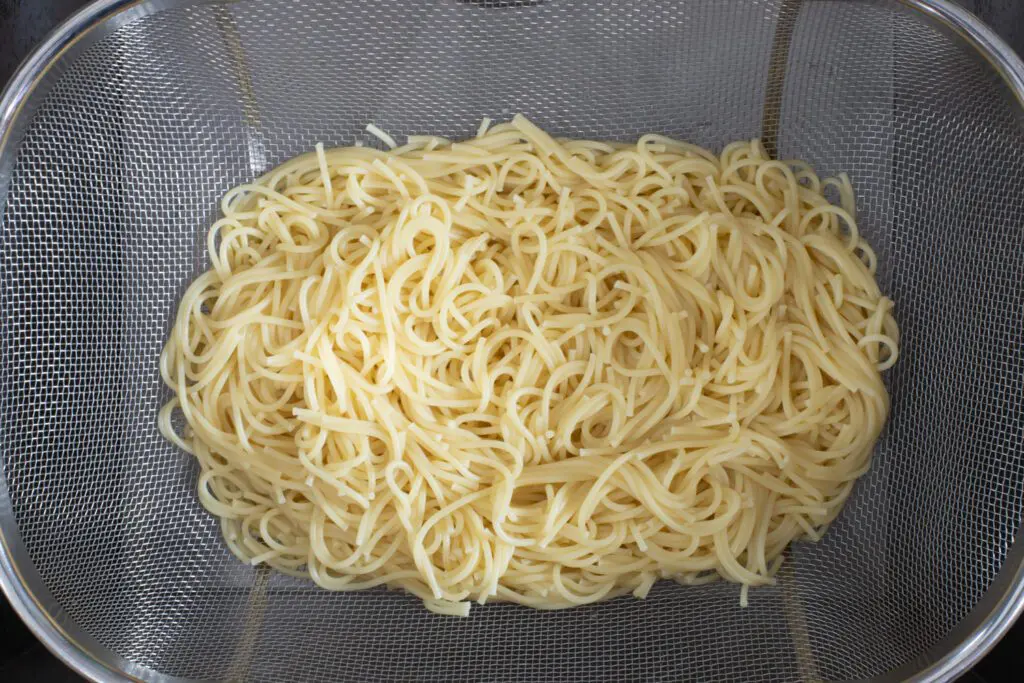
Recipe Tips
- Instead of spaghetti, consider perciatelli, linguine, fettuccine, or a spiral shaped pasta.
- Always save around 3/4 cup of the starchy pasta cooking water before draining it. Add a bit of the cooking water to whatever sauce you’re using or discard it if it isn’t necessary.
- If your drained pasta will be left standing for any length of time, toss it with a small amount of vegetable oil or olive oil to keep it from sticking together.
- When cooking pasta, use a large, deep pot to avoid boil-overs.
- Bring the water to a full rolling boil before you add the pasta.
- To keep the pasta strands from sticking together, stir the pasta frequently during the first minute of cooking time.
How To Store and Reheat Leftover Pasta
Refrigerate leftover pasta in airtight containers for up to 4 days.
Reheat roasted garlic pasta over low heat or in the microwave. Add a few tablespoons of water and stir frequently until it is hot.
Recipe Variations
For a low carb version, try making this with zucchini noodles or spaghetti squash.
For more garlic flavor, add about 1/2 teaspoon of garlic powder or mashed fresh garlic.
Replace the Parmesan cheese with Pecorino or Grana Padano.
PrintRoasted Garlic Pasta
Roasted garlic, Parmesan cheese, and butter add fabulous flavor to pasta. Feel free to use olive oil or a non-dairy butter in the recipe.
- Prep Time: 10 minutes
- Cook Time: 8 minutes
- Total Time: 18 minutes
- Yield: 4 servings 1x
- Category: Pasta
Ingredients
- 8 ounces thin spaghetti
- Kosher salt (to taste)
- 4 tablespoons butter
- 1 1/2 to 2 tablespoons roasted garlic
- 1/4 to 1/2 cup Parmesan cheese (grated)
- 3/4 cup cooking water from the pasta
- Black pepper (to taste)
- Optional: crushed red pepper flakes
- Optional: chopped parsley
Instructions
- Bring a large pot of salted water to a boil. Add the spaghetti and cook as directed on the package.
- Remove about 3/4 cup of the cooking water and set it aside. Drain the spaghetti and return it to the pan or a large bowl.
- Add the butter, roasted garlic, and Parmesan cheese to the hot spaghetti and then stir in some of the hot cooking water to the desired creaminess.
- Taste and adjust the seasonings with salt and pepper. Garnish as desired with chopped fresh parsley and crushed red pepper flakes.

